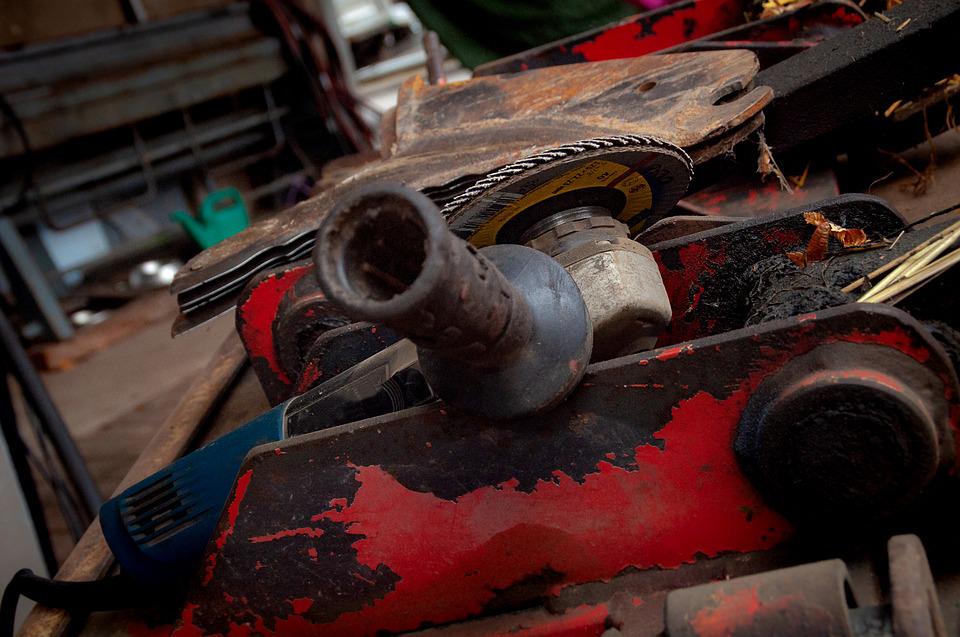Non-ferrous metals do not contain iron, whereas ferrous metals do. Carbon steel, alloy steel, and cast iron are some of the most common ferrous metals used today. All of these metals are preferably used because they are strong and long-lasting. However, because of the high carbon content, they are prone to rust. Notwithstanding, with the use of abrasive cleaning and other methods, rust can be conquered.
Removing Rust On Machined Ferrous Surfaces
Since prevention is better than cure, the most effective strategy is to prevent surfaces from rusting. By implication, you keep oxygen and moisture far away from the surface. This, however, is often difficult or even impossible in many cases. As a result, the machined surface would then begin to rust gradually without notice. Even though the rust stains are minor at the beginning, they will be visible on a machined surface and degrade the finished product. Here are some possible solutions to removing rust from a machined surface.
1. Blast Chambers
One of the most effective and modern methods of removing rust from a machined surface is blast chambers. If you have or speak with a blast chamber specialist, you’ll understand the process–your rusted metallic object could be put inside a special chamber and afterward blasted with high-pressure air. This could be used to address rust on the exterior, and the power of the air will strip away the rust without harming the ferrous surface you are using.
2. Abrasive Systems
Using an abrasive cleaning machine to remove rust from a ferrous surface is another effective method in which fine particles are directed at the surface to encourage them to lift off from the ferrous surface. Whenever this type of technology is combined with an abrasive recycling process, the abrasive compounds that are removed can be collected efficiently. This greatly reduces worries about particles left inside the blast zone, while cutting down clean-up time and allowing the blasted particles to be reused. In effect saying, it is an efficient and reliable tool that wears less, saves energy, and is environmentally friendly.
3. Blasting with Sand (SandBlasting)
This is an old-aged technique that is not always appropriate for surfaces that have to be repaired or are prone to deformation. Sandblasting is comparable to a blast chamber except that fine sand particles are used.
This method will remove rust from the surface, but it is more likely to clog pipes and filters. Unfortunately, while this method is yet effective, you would have to maintain the machine more frequently, and you probably wouldn’t get the surface accuracy you require.
Conclusion
Rust is a problem because it causes holes in a range of things, effectively rendering them useless. This is especially true when the rust is occurring within another substance, like concrete. In a real sense, some buildings have had to be demolished due to concrete cancer, which is caused by rust within the construction materials. For this reason, it is imperative to tackle rust seriously and take immediate action when you discover it.

